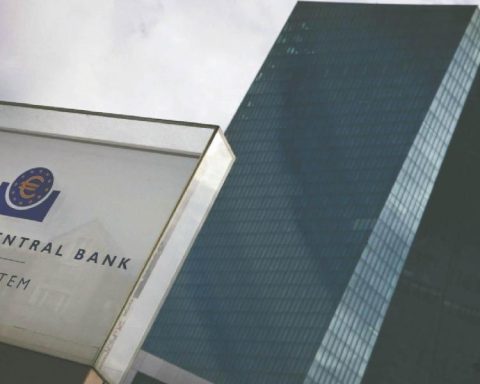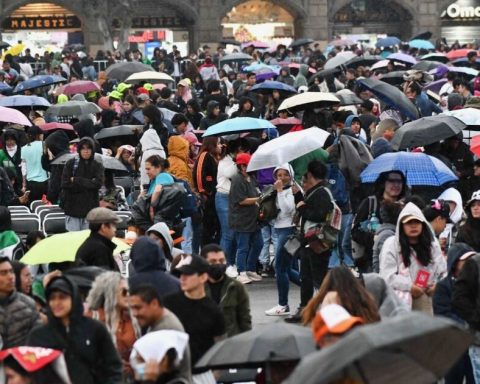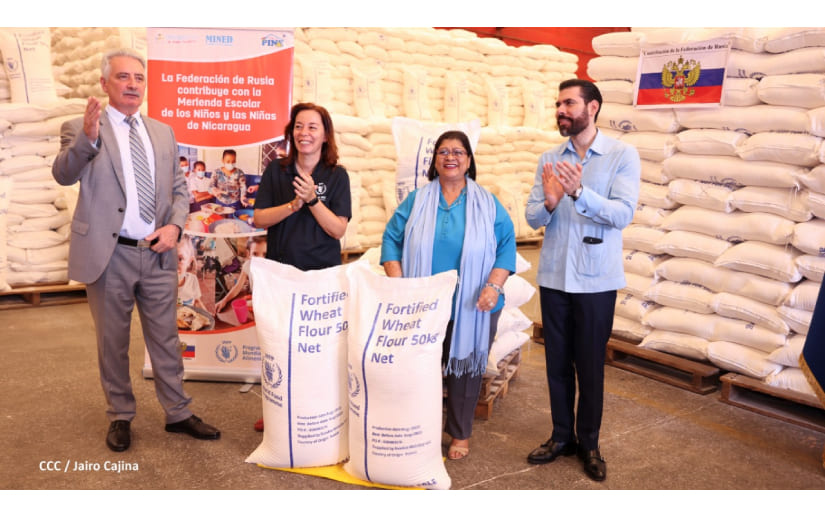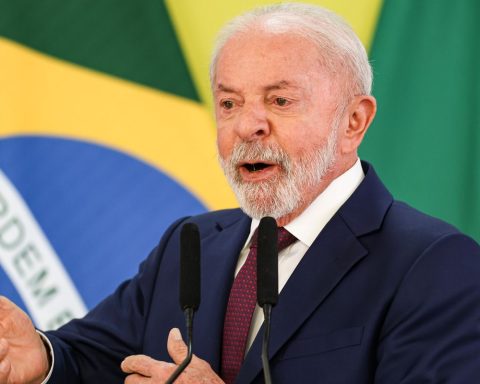OR
not of the serious problems that afflict the world is hunger. The covid health crisis has generated, according to the FAO, 45 million more poor people in Latin America and the Caribbean. In 2019, it was estimated that in this same region there were 47 million people living with hunger.
In Mexico, according to data from Coneval, the population vulnerable by income, that is, they do not have the capacity for a basic food basket, even making use of all their income, has gone from 9.1 million people in 2016 to 11.2 million in 2020. .
ECLAC estimates that by 2022, the population in these conditions will be 9.4 percent of the population. If we add to this the inflationary effect, we can observe a growth in the monthly monetary value of the income poverty line at 27.7 percent from January 2020 to October 2022, the trend towards an increase in food poverty is clear. In terms of income, Coneval considers, as of October 2022, that the extreme poverty line by income is 2,112 pesos per month per person in urban areas.
Given this panorama, the pertinent question is whether enough food is produced to face the problem of hunger. When looking at food production we find ourselves with a phenomenon of great magnitude: the loss and waste of food. According to the FAO: “food losses refer to the decrease in the mass available for human consumption throughout the supply chain, especially in the production, post-harvest, storage and transport phases.
Food waste refers to the losses derived from the decision to discard those that still have value and is mainly associated with the behavior of wholesalers and retailers, food services and consumers. This phenomenon, of course, reduces the availability of food with the consequent effect on the health and nutrition of a large sector of the population; In addition, it generates economic losses throughout the supply chain and, lastly, it has a negative effect on the environment, since resources are used in an unsustainable way and there is a large generation of waste.
Regarding the amount of food wasted in Mexico, Genaro Aguilar Gutiérrez found in a study on 79 products, which reaches more than 20 million tons per year. Estimates that he makes in his study lead him to conclude that an average of 34.6 percent of what is produced is wasted. The Commission for Environmental Cooperation calculates that the loss or waste of food in Mexico, in 2017, reached 28 million tons.
We can observe that food exists and that it is ready to be consumed. In this context, food banks were born as a way to establish themselves as a bridge between abundance that ends as loss or waste and people who live in food insecurity.
This type of non-profit civil society organizations were born in 1967 and began in Mexico in the 1990s. Today there is a network of food banks constituted as a civil association that integrates 53 distributed in 27 states of the Republic. This network of banks distributes food to one million 925 thousand people on a recurring basis. Its operation is carried out in accordance with the provisions of the official Mexican standard NOM-169-SSA1-1998 for social food assistance to risk groups.
Regarding its way of operating, the network of banks has established agreements with private companies to provide food in perfect condition, which are concentrated in the facilities of each bank. There it is classified and processed to be distributed. However, the people who receive the benefit must register with the bank as individuals or as a community. A socioeconomic study is carried out to ensure that those who receive the aid really need it and a recovery quota and a delivery mechanism are established. The latter allows the operation of the banks to be sustainable and the aid to be dignified.
The existence of food banks does not guarantee the solution of the problems it addresses; however, their work has immediate effects on both food waste and loss and those who experience food insecurity. In addition, it is a fair intersectoral cooperation model that has proven to be effective and requires dissemination and support to remain as a bridge that helps alleviate two major problems that have profound effects on the lives of millions of people.














